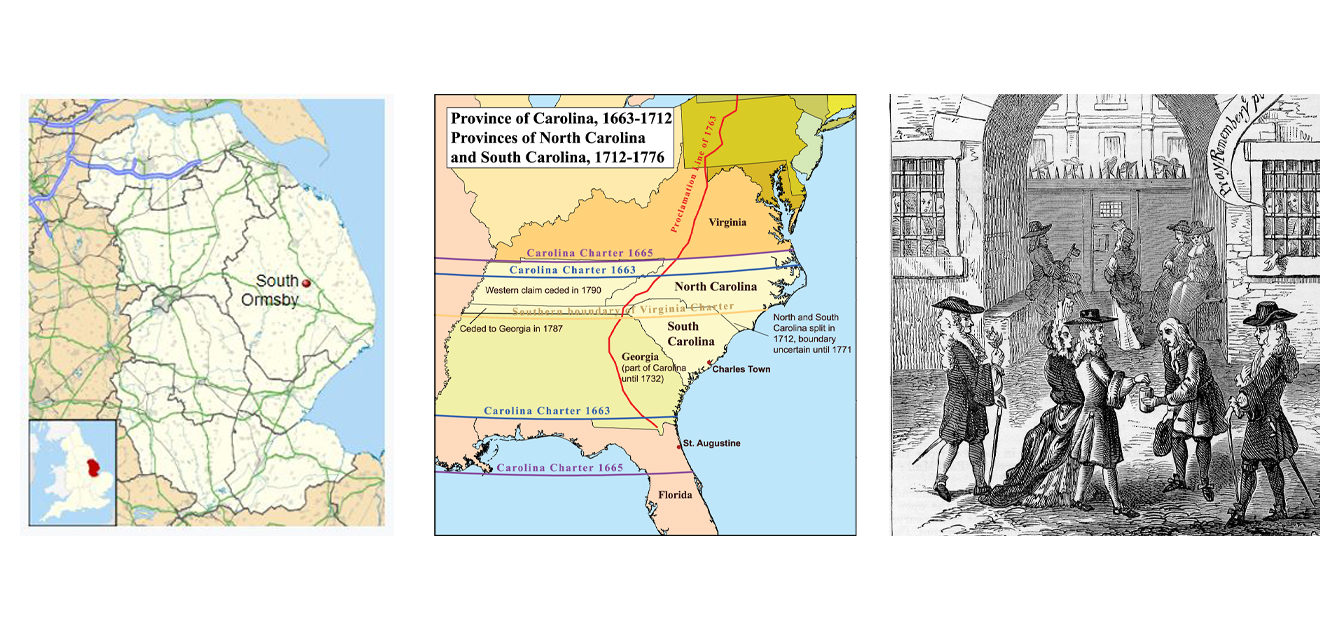Elizabeth Cornelia Massingberd: an American Odyssey
In 1638, Sir Drayner Halton Massingberd (1615-1689) used a sizeable inheritance to buy the fertile and attractive parcel of Lincolnshire land that was to become South Ormsby Estate. The tumultuous years of the Puritan Revolution and the English Civil War then intervened, Drayner aligning himself with the Parliamentarian cause and fighting with Cromwell’s forces at the Battle of Winceby near Horncastle in October 1643. Having secured his position in the new Commonwealth, Drayner later commissioned a manor house which would be almost entirely rebuilt as South Ormsby Hall in the 18th century.
An astute politician and estate manager, Sir Drayner prospered under both Cromwell’s Commonwealth and the Restoration of Charles II. He married first Elizabeth Massingberd (née Burrell), whose early death further enlarged his land holdings, then Anne Massingberd (née Mildmay) (1652-1700). Drayner’s children by Anne are the ancestors of the family who lived at South Ormsby Hall until 2012.
Burrell Massingberd (1683-1728), whose Christian name honoured the maiden surname of Drayner’s first wife, was immediate heir and substantially expanded South Ormsby Estate. Burrell’s sister, Elizabeth Cornelia Massingberd (1674-1744), was Drayner’s eldest child by Anne and her eventful life would take her far from Lincolnshire. It is interesting to note that Drayner was 59 and Anne 22 in the year of Elizabeth’s birth.
We recently heard from Dot Monts Trakas of South Carolina, USA, who opened a window onto our shared heritage. “I discovered my connection to the [Massingberd] family when I started researching my maternal grandfather’s family a number of years ago,” said Dot. “I knew a great deal about my maternal grandmother’s and my father’s families but very little about my grandfather’s family.
“I began my investigation through Ancestry.com and honestly couldn’t believe all that was revealed. My disbelief was to the point where I deleted everything and started the process all over only to get the same results again. I was aware of his ancestors only as far back as my third and fourth great grandmothers until then. I don’t think my granddaddy knew his ancestry was so impressive. If he did, he never spoke of it and I believe he would have been proud had he known.”







